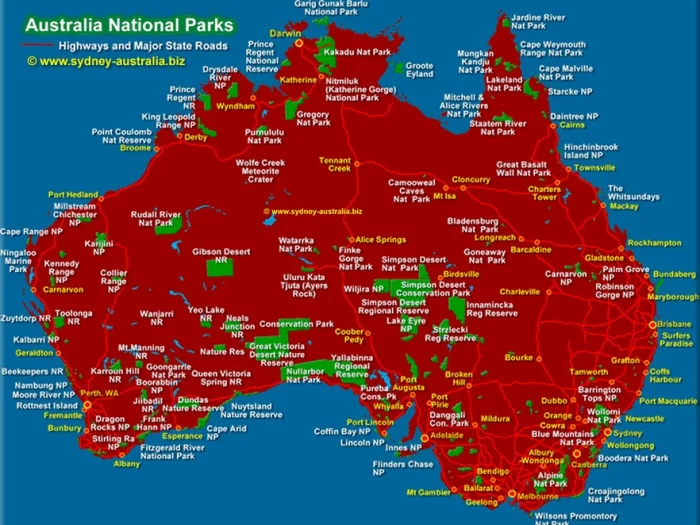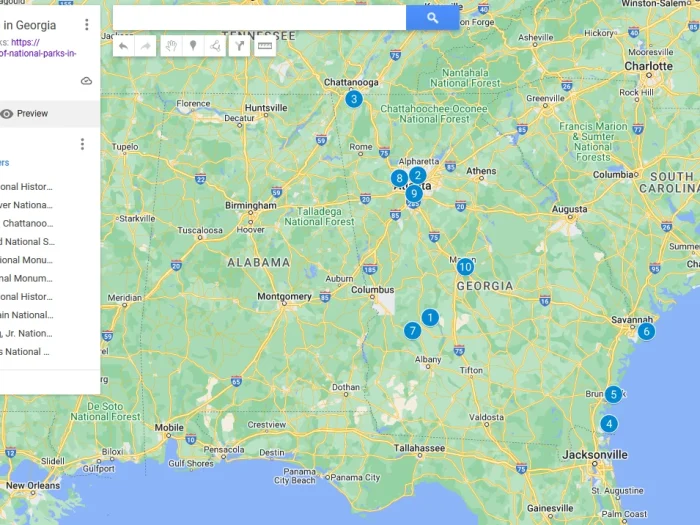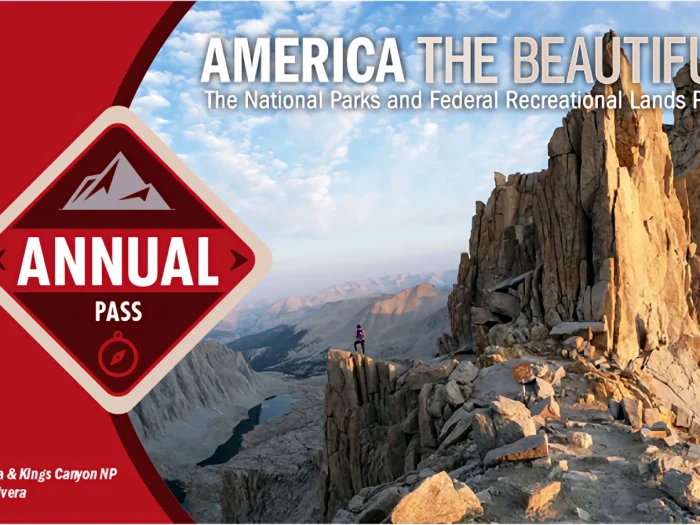Lewis and Clark National and State Historical Park
The Lewis and Clark National and State Historical Park is a unique destination that spans multiple locations along the Columbia River in the states of Oregon and Washington, commemorating the historic journey of the Lewis and Clark Expedition. Here’s an overview of the park including its location, things to do, and typical weather:
Location of Lewis and Clark National and State Historical Park
The Lewis and Clark National and State Historical Park encompasses several sites across Oregon and Washington. Some key locations within the park include:
- Fort Clatsop: Located near Astoria, Oregon, this site marks the location where the Lewis and Clark Expedition spent the winter of 1805-1806.
- Fort Columbia: Situated in Washington State, this historic fort played a role in coastal defense and offers scenic views of the Columbia River.
- Fort Stevens: Also in Oregon, this fort served as a military defense installation and is now part of the park, offering opportunities for exploration and recreation.
- Several other sites: There are other sites and interpretive centers associated with the park that commemorate various aspects of the Lewis and Clark Expedition, including the Lewis and Clark Interpretive Center in Washington and several visitor centers in Oregon.
Address: 92343 Fort Clatsop Rd, Astoria, OR 97103, United States
Official website: http://www.nps.gov/lewi/
Phone: +1 503-861-2471
How to get there
The closest airport to the Lewis and Clark National and State Historical Park depends on which specific site within the park you plan to visit. Here are some airports near key locations within the park:
Fort Clatsop (Astoria, Oregon): The closest airport is Astoria Regional Airport (AST), also known as Astoria Regional-Dysart Airport. It’s a small airport located about 10 miles southeast of Astoria.
Fort Columbia (Chinook, Washington):
- Astoria Regional Airport (AST) is also the closest airport to Fort Columbia, as it’s just across the Columbia River from Astoria.
- Portland International Airport (PDX) is a larger airport located about 90 miles east of Chinook and offers more flight options.
Fort Stevens (Hammond, Oregon):
- Astoria Regional Airport (AST) is the closest airport to Fort Stevens, located approximately 15 miles southeast of Hammond.
- Portland International Airport (PDX) is also an option, located about 100 miles southeast of Hammond.
If you’re planning to visit multiple sites within the Lewis and Clark National and State Historical Park, Astoria Regional Airport may be the most convenient option. However, if you prefer more flight choices or are traveling from a long distance, Portland International Airport (PDX) would be a viable choice, though it’s farther away.
Lewis and Clark National and State Historical Park ticket: $10/person
Things to do in Lewis and Clark National and State Historical Park
Visitors to the Lewis and Clark National and State Historical Park can engage in a variety of activities, including:
- Historic Site Visits: Explore the forts and interpretive centers to learn about the history of the Lewis and Clark Expedition and the broader context of early exploration of the American West.
- Hiking and Nature Trails: Many of the sites offer hiking trails and opportunities to enjoy the natural beauty of the Columbia River region.
- Wildlife Viewing: The park is home to diverse wildlife, including birds, marine mammals, and more. Birdwatching and wildlife observation are popular activities.
- Picnicking and Camping: Some sites within the park offer picnic areas and campgrounds, providing opportunities for outdoor recreation and overnight stays.
- Interpretive Programs: Ranger-led programs and educational activities are often available, providing insights into the history and ecology of the region.
Weather of Lewis and Clark National and State Historical Park
The weather in the Lewis and Clark National and State Historical Park can vary depending on the season and specific location within the park. Generally, the region experiences a maritime climate influenced by the proximity to the Pacific Ocean. Here’s a brief overview:
- Summer: Summers are typically mild to warm with temperatures ranging from the 60s to 80s Fahrenheit (15-30°C). It’s often dry and sunny during this time, making it ideal for outdoor activities.
- Fall: Fall brings cooler temperatures, with highs in the 50s and 60s Fahrenheit (10-20°C). Rainfall increases during this season, especially in late fall.
- Winter: Winters are cool and wet, with temperatures averaging in the 40s Fahrenheit (4-9°C). There can be occasional snowfall, especially at higher elevations.
- Spring: Spring is characterized by mild temperatures and increasing rainfall. Highs range from the 50s to 60s Fahrenheit (10-20°C), with blooming flowers and greenery adding to the scenic beauty of the park.
It’s always a good idea to check local weather forecasts before visiting the park and to come prepared for varying conditions, especially if engaging in outdoor activities.





